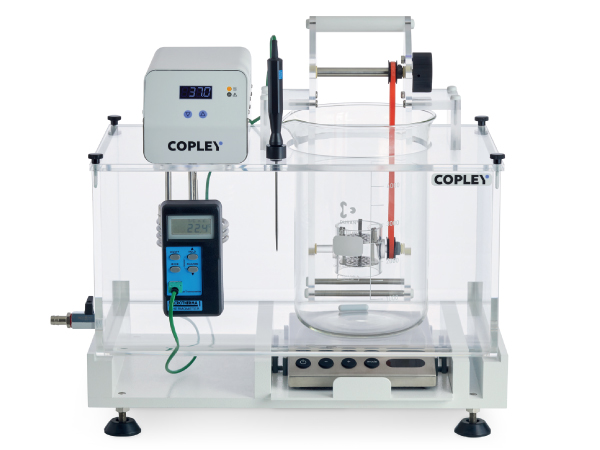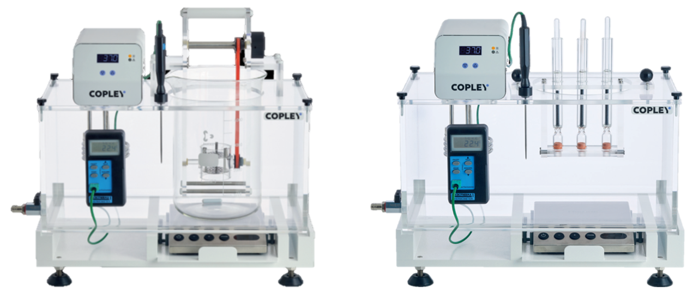
Suppository Testing
Suppositories, which advantageously avoid the risk of digestion of the active drug in the gastrointestinal tract, are classified as either:
- Hydrophilic: made from a water-soluble base such as polyethylene glycol, which dissolves in rectal or vaginal fluids.
- Lipophilic: made from a greasy base such as cocoa butter, which melts at body temperature.
There is no single method of drug release testing suitable for all types of suppository formulations.
The suppository is a more common and accepted dosage form in Europe than in the USA which may explain why references to specific test methods relating to suppositories and associated dosage forms are mainly confined to the European Pharmacopoeia.
The rate of drug release (dissolution) for hydrophilic suppositories can be measured using the standard basket, paddle or flow through methods described in USP Chapter <711> and Ph. Eur. 2.9.3 Methods for lipophilic suppositories include:
- a modified basket method
- a paddle method
- a modified flow method (see Ph. Eur. 2.9.42)
In addition to this, the European Pharmacopoeia references two other technical procedures relating to disintegration and softening time of suppositories:
2.9.2 Disintegration of suppositories and pessaries
2.9.22 Softening time determination of lipophilic suppositories

